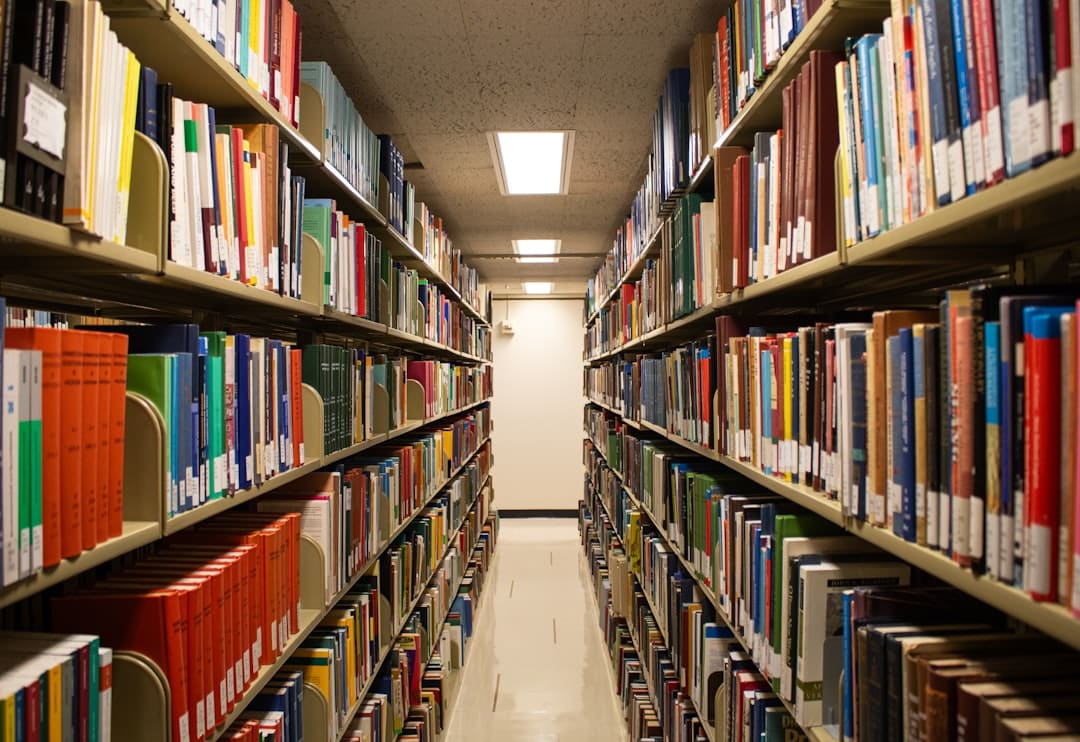Reading response journals offer students a unique opportunity to engage deeply with texts, fostering critical thinking, creativity, and personal reflection. These journals serve as a bridge between passive reading and active learning, helping students to analyze and interpret literature in a structured yet personal way.
Contents
The Importance of Reading Response Journals
Using reading response journals encourages students to reflect on their reading experiences in a meaningful manner. Unlike traditional comprehension questions, journals allow students to explore their thoughts freely, promoting a deeper connection with the material.
Some key benefits include:
- Enhancing comprehension: Writing about what they read helps students retain important details and understand themes more effectively.
- Encouraging critical thinking: Journals require students to analyze characters, settings, and plot development beyond surface-level understanding.
- Developing writing skills: Regular journaling improves writing fluency and communication abilities.
- Personal engagement: Students can express their opinions and interpretations, making reading a more enjoyable and interactive experience.

How Teachers Can Incorporate Response Journals
Teachers play a crucial role in guiding students on how to use reading response journals effectively. By providing prompts and structured activities, educators can help students think more critically about what they read.
Here are some ways teachers can integrate reading response journals into their lessons:
- Providing prompts: Assign questions that encourage analysis, such as “How would the story change if told from a different character’s perspective?”
- Allowing creative responses: Let students use drawings, diagrams, or even letters written to characters to express their understanding.
- Encouraging connections: Ask students to relate the text to their own experiences, other books, or historical events.
- Reviewing journals regularly: Providing feedback helps students refine their thoughts and writing skills over time.

Impact on Students’ Academic Growth
When students consistently use reading response journals, they develop essential academic skills that extend beyond literature. These journals improve their ability to articulate thoughts, enhance comprehension, and foster a habit of critical analysis.
Moreover, students who struggle with traditional assessments often find reading response journals a more accessible way to demonstrate their understanding. By offering a less rigid structure, journals can help build confidence in reading and writing.
Frequently Asked Questions (FAQ)
What is a reading response journal?
A reading response journal is a notebook where students record their thoughts, reflections, and analysis of texts they read. It allows them to engage with the material on a deeper level.
How often should students write in their journals?
It depends on the teacher’s goals, but ideally, students should write in their journals after each reading session or at least a few times per week to develop consistency.
What types of prompts work best for reading response journals?
Good prompts encourage critical thinking and analysis. Examples include:
- “What message do you think the author is trying to convey?”
- “How does this book relate to your own life?”
- “Describe a moment in the story that surprised you and explain why.”
Do response journals benefit all age groups?
Yes, reading response journals can be adapted for all ages. Younger students may use drawings or dictate their responses, while older students can engage in more analytical writing.
Should response journals be graded?
While response journals should be reviewed and given feedback, grading them strictly may discourage creativity. Instead, teachers can focus on participation and thoughtfulness.
Reading response journals prove to be an effective tool in improving students’ literacy skills while making reading a more personal and engaging experience. By integrating them into the curriculum, educators can nurture a lifelong habit of thoughtful reading and reflection.

